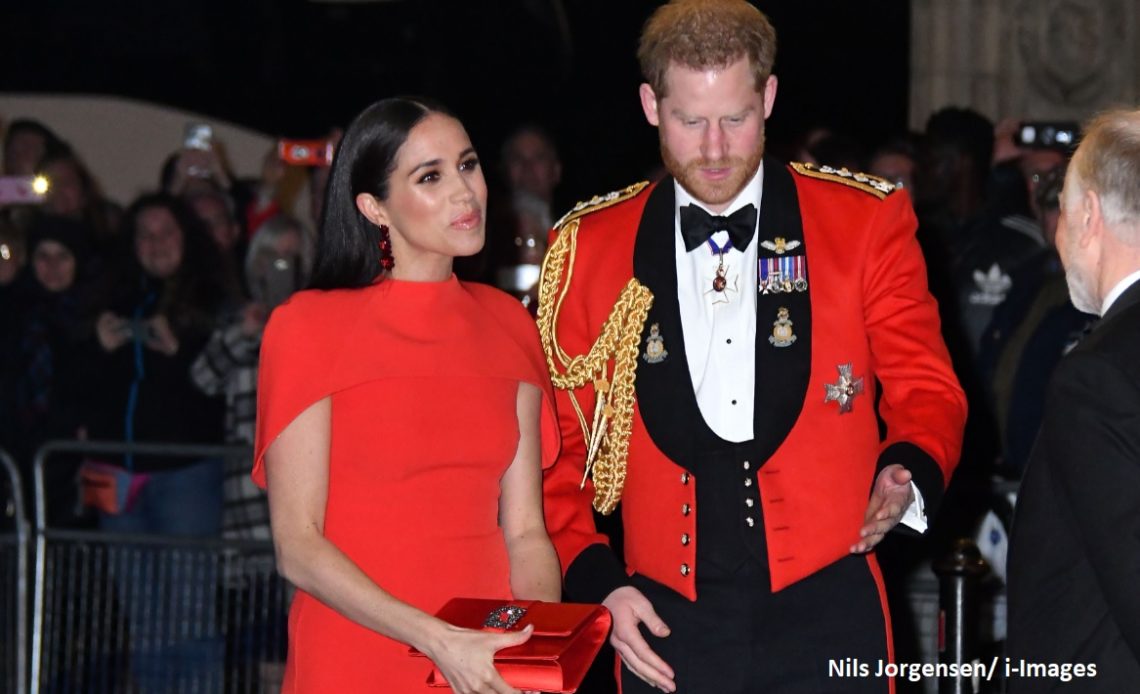
It’s a typo that might have had constitutional consequences. As the Duke and Duchess of Sussex announced that their daughter had been christened, they said the ceremony had been overseen by the Archbishop of Los Angeles. There was only one problem with that. The Archbishop of Los Angeles is a Catholic and had he baptised Lilibet there is a very good chance she’d no longer be seventh in line to the throne.
The statement from a spokesperson for the Sussexes said that ”I can confirm that Princess Lilibet Diana was christened on Friday, March 3 by the Archbishop of Los Angeles, the Rev John Taylor.’”
The use of the cleric’s name was all important here. A quick check showed that the Right Rev. John Taylor is, in fact, the Bishop of Los Angeles and a member of the Episcopal Church. It, like the Church of England, is part of the worldwide Anglican communion. And, of course, Lilibet’s grandfather, King Charles III, is the Supreme Governor of the Church of England.
That gives a clue as to why the faith into which Lilibet was baptised is so important constitutionally. It’s not so much which denomination the Sussexes chose as which they didn’t choose that is crucial. For in this oh so modern world in which we live one group of Christians is still barred from the throne. Hence the check needed re this particular Archbishop.
The Archbishop of Los Angeles is, in fact, the Most Reverend Jose H. Gomez, and a Roman Catholic. A rule brought in over 300 years ago, not long after the reign of a king called Charles, means that Catholics are barred from being monarch. And while much has changed in the centuries between, the ban on a Catholic king or queen remains.
Had Lilibet been baptised by the Archbishop, Jose Gomez, then that would have indicated a Catholic baptism. And that would have meant an immediate drop from the line of succession for the baby concerned.
The, albeit brief, debate about which denomination Lilibet had been baptised into does highlight a wider issue. The succession to the throne is still influenced by a divide inherited from a time long past. Catholics are the only religious group barred from the succession.
The changes to the succession laws which were introduced in 2013 do now allow people in the line to the throne to marry a Catholic and keep their place in the succession. However, if they decide to christen any child of the marriage a Catholic, that child is automatically barred from the line to the throne.
In the end, there was little doubt that the Duke and Duchess of Sussex had christened their younger child into the Anglican faith, even if the initial statement did contain a minor error. But it has highlighted that, even in 2023, the past can still influence the future of the Royal Family.
"; n.innerHTML = "window._taboola = window._taboola || [];_taboola.push({mode:'thumbnails-a', container:'taboola-below-article-thumbnails', placement:'Below Article Thumbnails', target_type: 'mix'});"; insertAfter(t, e); insertAfter(n, t) }injectWidgetByMarker('tbmarker');

